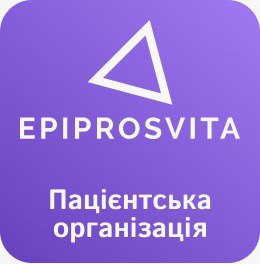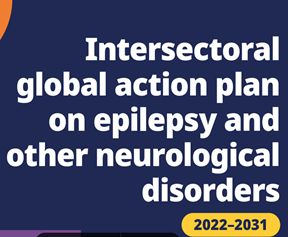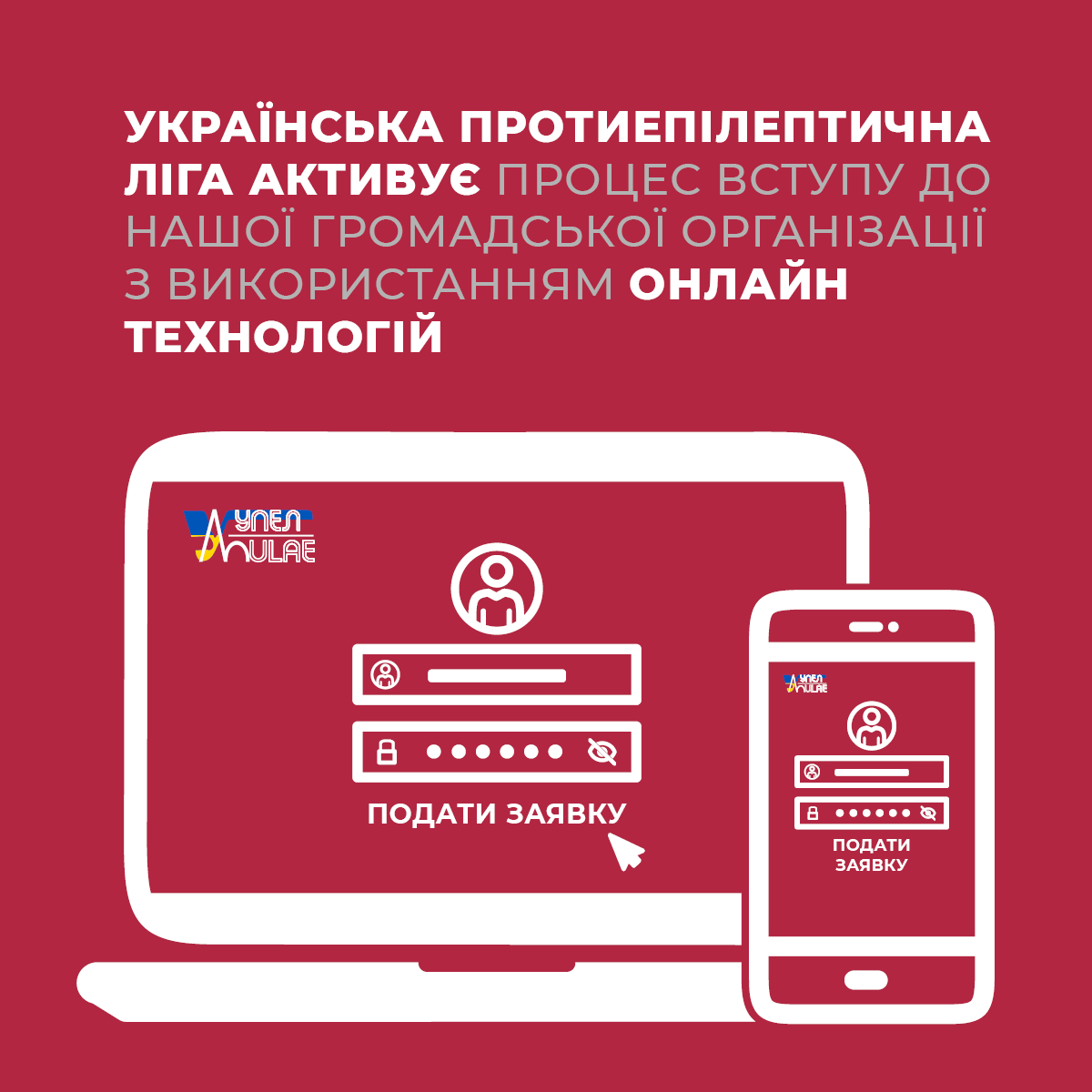Markus Reuber MD PhD, Academic Neurology Unit, University of Sheffield, Royal
Hallamshire Hospital, Glossop Road, Sheffield, S10 2JF
Fasting and other manipulations of ordinary diets have been used as treatments of epilepsy
for over two and half thousand years. The scientific era of diet treatment for epilepsy goes
back to the 1920s when the ketogenic diet (KD) was introduced in order to mimic the
beneficial effects which had been observed of fasting on epileptic seizures. This diet was
commonly used into the 1940s but fell into decline with the advent of more effective
pharmacological treatments for epilepsy such as phenytoin. Its “rediscovery” in the 1990s
has been linked to the dramatic effects this diet had on the seizure control of a two-year old
boy called Charlie. His amazing improvement with the KD caused his father to form The
Charlie Foundation, and it inspired the production of a movie starring Merryl Streep which
rekindled interest in this non-pharmacological treatment in the USA and elsewhere (1).
Over the last three decades there has been accumulating evidence of the effectiveness of
the KD with a 4:1 ratio of fat to protein and carbohydrates, and the KD has become the gold
standard treatment for epilepsy in metabolic disorders such as Glucose Transporter Protein
1 (GLUT-1) deficiency syndrome or Pyruvate Dehydrogenase Deficiency (2). While the
evidence of effectiveness beyond these rare conditions has been rated as being of relatively
low quality in view of the lack of blinding and the small size of most studies, a recent
Cochrane review concluded that up to 55% of children can achieve seizure freedom with the
KD after three months whilst up to 85% of children achieve a >50% seizure reduction (3).
The mechanisms by which the KD achieves an antiseizure effect remain uncertain. It is
possible that different mechanisms are relevant in different patients (4).
Unfortunately, the clinical use of the KD is associated with several practical problems which
have only partly been overcome by the availability of specially formulated dietary products.
The introduction of the diet typically involves hospitalisation, close metabolic monitoring
with blood and urine tests is required to maintain it, and that the low carbohydrate content
of the KD poses an adherence challenge for people who can help themselves to foods they
like. In addition this, the KD diet can be associated with side effects such as nausea,
vomiting, diarrhea and kidney stones, and there are concerns about its longterm safety.
The fact that that many patients abandon the ketogenic diet for these reasons has
stimulated interest in diets with positive effects on epilepsy which are easier to adhere to –
such as the Modified Atkins Diet (MAD). Like the KD, this diet limits the amount of
carbohydrates, but it aims at a much more easily achievable 1:1 ratio of fat to carbohydrates
without any meal-specific restrictions (5).
My editor’s choice from the current volume of Seizure, a systematic review and meta-
analysis, is based on studies involving 575 patients of whom 288 the MAD as a treatment for
epilepsy. It makes an important addition to the literature by combining the results of several
smaller studies. It concludes that both adults and children receiving MAD plus standard drug
therapy are over six times more likely to achieve a >50% seizure frequency reduction than
those receiving usual diet plus drug therapy. While there is still much to learn about which
patients are likely to respond best to MAD, the combination of previous primary research
allowed the authors to draw new conclusions about the likely effectiveness of the MAD in
adults with epilepsy, the incidence of side effects, and it improved the precision of the
estimated effect size of this diet.
References
(1) Wheless JW. History of the ketogenic diet. Epilepsia 2008;49 Suppl 8:3-5.
(2) D'Andrea Meira I, Romão TT, Pires do Prado HJ, Krüger LT, Pires MEP, da Conceição
PO. Ketogenic Diet and Epilepsy: What We Know So Far. Front Neurosci 2019; Jan
29;13:5.
(3) Martin-McGill KJ, Jackson CF, Bresnahan R, Levy RG, Cooper PN. Ketogenic diets for
drug-resistant epilepsy. Cochrane Database Syst Rev 2020;6:CD001903. PMID:
30403286; PMCID: PMC6517043.
(4) Youngson NA, Morris MJ, Ballard JWO. The mechanisms mediating the antiepileptic
effects of the ketogenic diet, and potential opportunities for improvement with
metabolism-altering drugs. Seizure 2017;52:15-19.
(5) Kossoff EH, Dorward JL. The Modified Atkins Diet. Epilepsia 2008;49(s8):37–41.
(6) Mutarelli A, Nogueira A, Felix N, Godoi A, Dagostin CS, Castro LHM, Mota Telles JP.
Modified Atkins diet for drug-resistant epilepsy: A systematic review and meta-
analysis of randomized controlled trials. Seizure. 2023;112:77-83.





